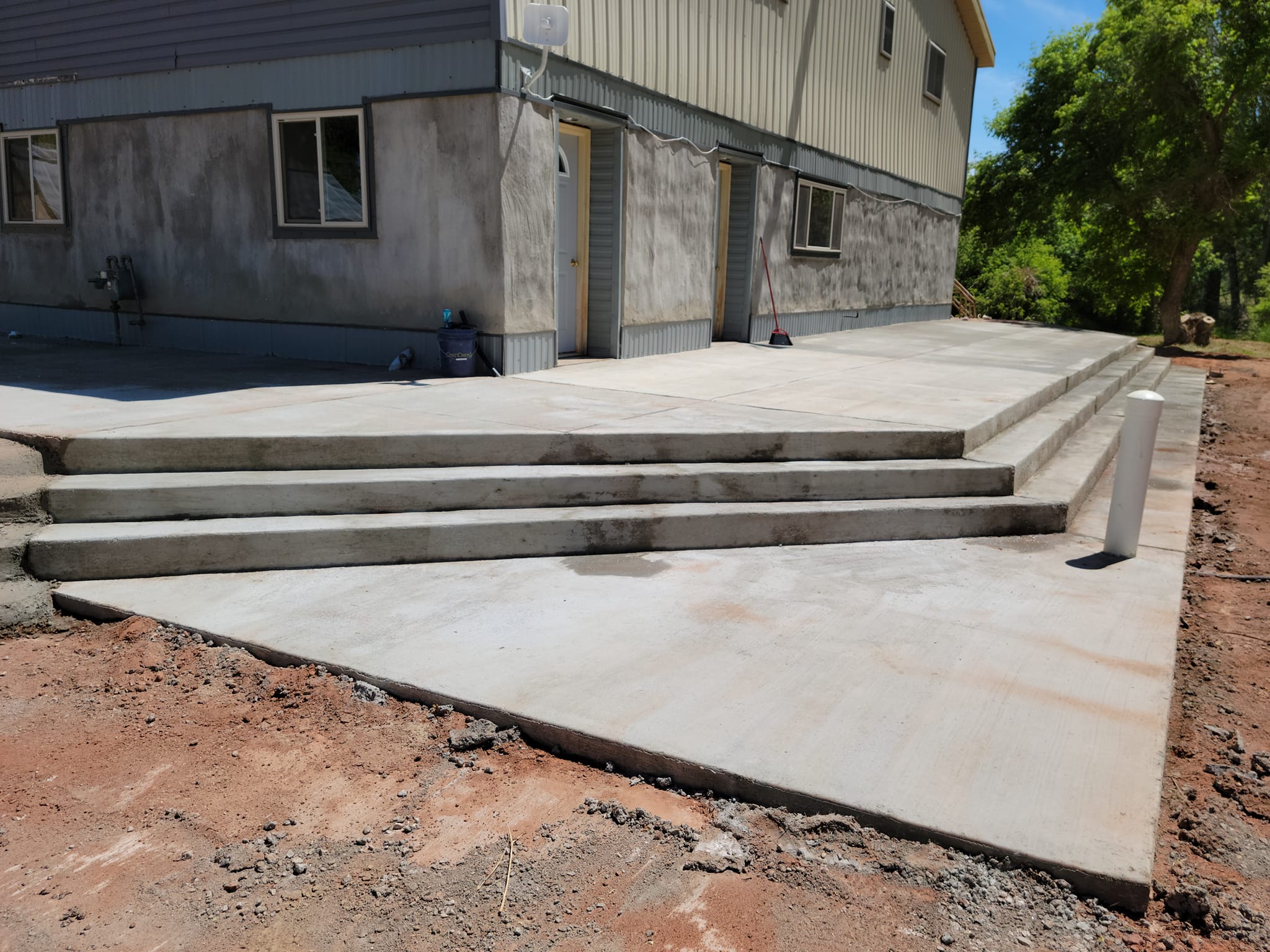
Revolutionizing Urban Landscapes with Concrete Innovations Nov 04, 2025
The journey begins with understanding the advancements in concrete mixtures. Traditional concrete has been prized for its durability and strength, but recent innovations have expanded these characteristics to meet the demands of contemporary urban planning. One such advancement is the development of ultra-high-performance concrete (UHPC), which boasts superior compressive strength while allowing for thinner, more lightweight constructions. This innovation is perfect for creating slender structures like pedestrian bridges and roof decks, which require both strength and architectural flexibility.
Another transformative development is the introduction of green concrete. In a bid to minimize the environmental footprint, green concrete utilizes recycled materials, which reduces the consumption of natural resources and decreases carbon emissions. For urban planners and city officials focused on sustainability, this is a powerful tool to align construction practices with environmental targets. These innovations not only ensure structural integrity but also promote greener, more sustainable city growth.
Beyond these practical improvements, aesthetic innovations have taken center stage in transforming the urban visual landscape. One of the most exciting trends is the use of decorative concrete, which offers a vast array of textures, patterns, and colors. Stamped concrete, for example, provides a cost-effective way to replicate high-end materials like stone or brick without compromising on durability. This has made decorative concrete a favorite for both public spaces and private developments, creating visually appealing, functional landscapes that draw community interaction.
Incorporating smart technology with concrete is another frontier being explored. The integration of sensors within concrete structures enables real-time monitoring of conditions such as temperature, humidity, and strain. Data collected through these sensors can predict potential maintenance requirements, allowing for timely interventions that extend the lifespan of structures and enhance safety. For urban centers, this innovation enhances the resilience of infrastructure, potentially saving costs and lives by preventing structural failures.
The adoption of 3D printing technology in concrete applications is an emerging trend with the potential to reshape urban construction. This technology allows for rapid prototyping and creation of complex geometric structures that were previously unattainable through traditional methods. The implications for urban design are profound, encouraging more creative and efficient use of space.
Eds Concrete and Flat Work is at the forefront of integrating these innovations into our projects, ensuring that we not only build for today but future-proof our urban environments. Our team of experts is committed to leveraging cutting-edge technologies and sustainable practices to meet the unique needs of each project.
As we continue to explore and implement these advancements, the potential for concrete in urban landscapes seems limitless. By building with these new technologies, cities can evolve to become more environmentally friendly, economically viable, and visually captivating. Indeed, the innovations in concrete are not just building materials; they are the building blocks of a sustainable and innovative urban future. At Eds Concrete and Flat Work, we are proud to be a part of this exciting journey, shaping the cities of tomorrow today.
/filters:no_upscale()/filters:format(webp)/media/fbf9f81c-5961-40ab-93e9-5cbf4e959941.jpeg)